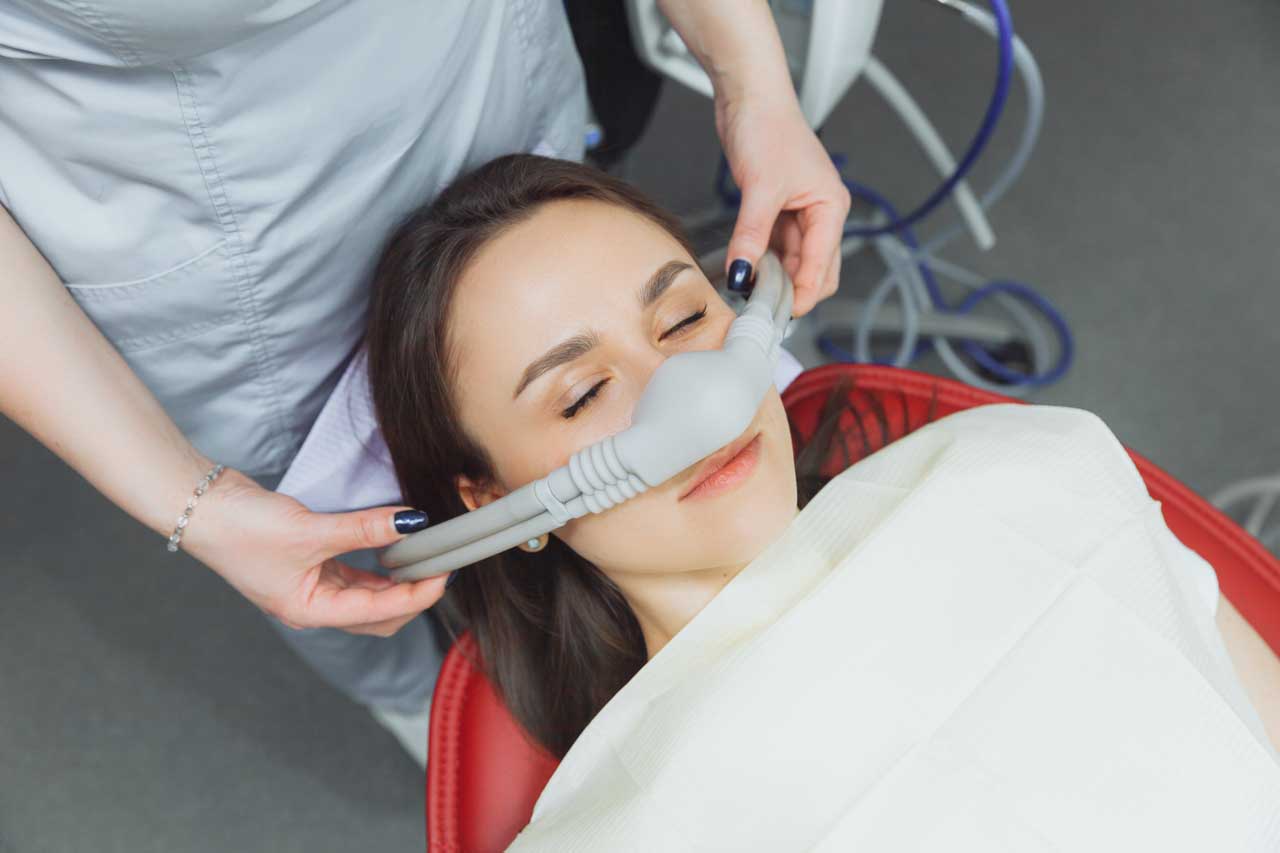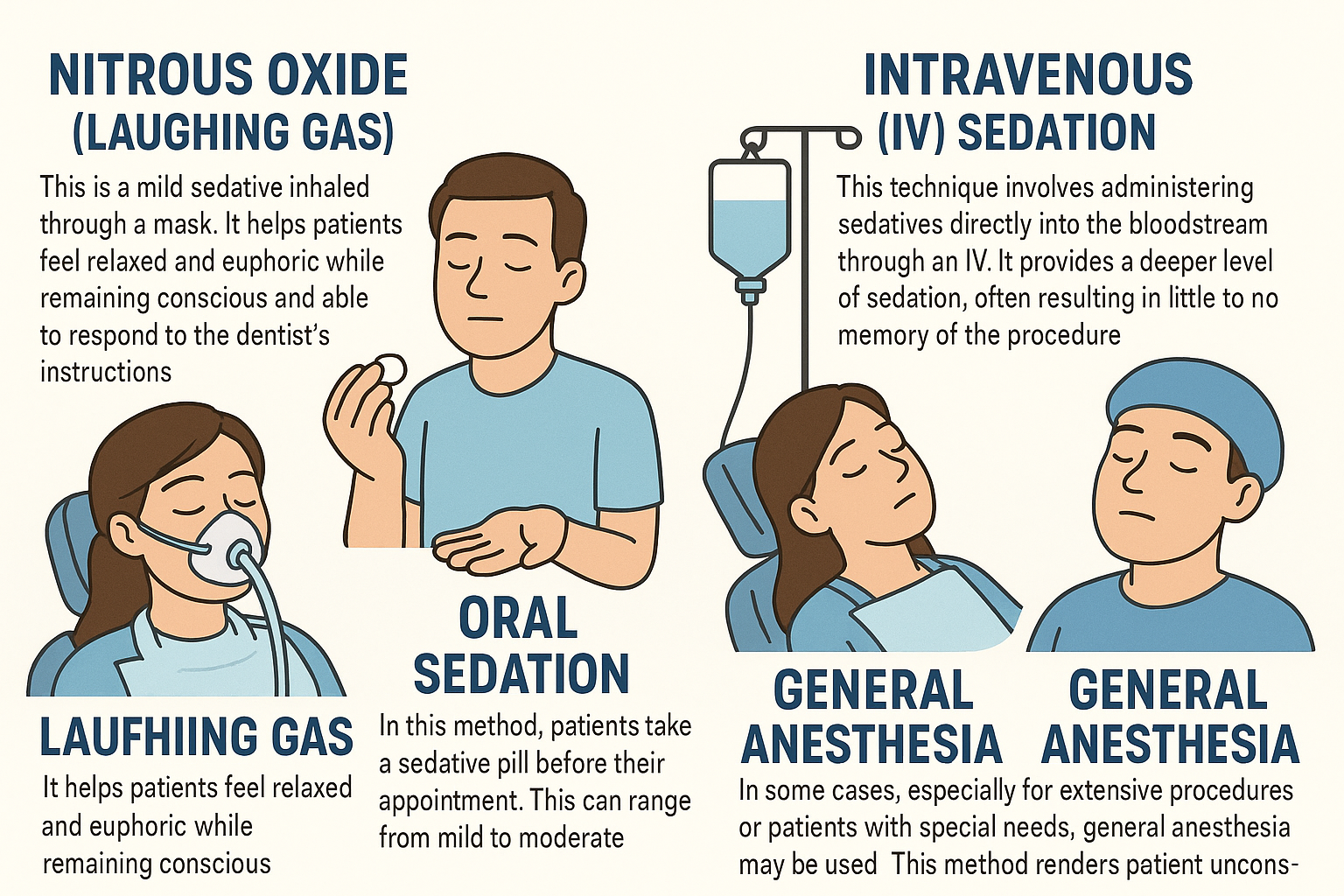
Sedation dentistry has emerged as a popular solution for individuals who experience anxiety or fear when visiting the dentist. This approach utilizes various sedative techniques to help patients feel more relaxed and comfortable during dental procedures. While sedation dentistry offers numerous benefits, it also comes with certain drawbacks that potential patients should consider. In this article, we will explore the advantages and disadvantages of sedation dentistry, helping you make an informed decision about your dental care.
Contents
- 1 Key Takeaways
- 2 Understanding Sedation Dentistry
- 3 Advantages of Sedation Dentistry
- 4 Disadvantages of Sedation Dentistry
- 5 Who Can Benefit from Sedation Dentistry?
- 6 Preparing for Sedation Dentistry
- 7 What to Expect During the Procedure
- 8 Recovery After Sedation Dentistry
- 9 Maintaining Good Oral Habits After Sedation
- 10 Frequently Asked Questions About Sedation Dentistry
- 11 Conclusion
Key Takeaways
- Sedation is ideal for anxious patients, those with special needs, or lengthy procedures.
- 4 main types: Nitrous Oxide, Oral Sedation, IV Sedation, and General Anesthesia.
- Main benefits: Reduced fear, pain-free treatment, improved cooperation, and memory loss during the procedure.
- Key downsides: Side effects, cost, and need for medical clearance.
- Consultation is critical to determine eligibility and the right sedation option.
Understanding Sedation Dentistry
Sedation dentistry refers to the use of medication to help patients relax during dental treatments. It is particularly beneficial for those who experience anxiety, fear, or discomfort at the thought of dental procedures. There are several methods of sedation, each varying in intensity and application:
Levels of Sedation

| Sedation Type | Level | How Administered | Pros | Cons | Common Use |
|---|---|---|---|---|---|
| Nitrous Oxide | Mild | Inhaled via mask | Quick recovery, minimal side effects | Wears off quickly | Mild anxiety, children |
| Oral Sedation | Mild–Moderate | Pill | Easy to administer, low cost | Drowsiness, may require companion | Moderate anxiety |
| IV Sedation | Moderate–Deep | Intravenous | Fast-acting, amnesia effect | Requires monitoring, recovery time | Complex or long procedures |
| General Anesthesia | Deep | Inhaled or IV | Complete unconsciousness, no awareness | High risk, expensive, longer recovery | Major surgery, special needs patients |
Learn more about how sedation helps with anxiety in How Sedation Dentistry Can Help Ease Dental Phobia & Anxiety
Advantages of Sedation Dentistry
Sedation dentistry offers several benefits that can significantly enhance the dental experience for patients. Here are some of the key advantages:
1. Reduced Anxiety and Fear
One of the primary benefits of sedation dentistry is its ability to alleviate anxiety and fear associated with dental visits. Many individuals avoid necessary dental care due to their apprehension. Sedation helps create a calm environment, allowing patients to undergo treatments without the overwhelming stress they might typically experience.
2. Pain Management
Sedatives not only help patients relax but also act as effective pain relievers. This means that patients can undergo procedures without feeling discomfort, making the experience much more tolerable. The combination of sedation and local anesthesia ensures that patients remain pain-free throughout their treatment.
3. Enhanced Cooperation
Patients who are sedated are often more cooperative during procedures. This is particularly beneficial for lengthy or complex treatments, as a relaxed patient allows the dentist to work more efficiently. This can lead to shorter appointment times and potentially fewer visits overall.
4. Amnesia Effect
Many patients appreciate the amnesia effect associated with certain types of sedation, particularly IV sedation. This means that they may not remember the details of the procedure, which can be a significant relief for those with dental anxiety.
5. Suitable for Various Patients
Sedation dentistry is not limited to adults; it can also be beneficial for children and individuals with special needs. Dentists can tailor sedation methods to meet the unique requirements of each patient, ensuring a comfortable experience for everyone.
Disadvantages of Sedation Dentistry
While sedation dentistry has numerous advantages, it is essential to consider the potential drawbacks as well. Here are some of the disadvantages associated with this approach:
1. Potential Side Effects
Like any medical procedure, sedation dentistry carries the risk of side effects. Common side effects may include drowsiness, nausea, headaches, and dry mouth. While these effects are usually temporary, they can be uncomfortable for some patients.
2. Need for a Companion
Patients who undergo sedation, particularly oral or IV sedation, will require someone to accompany them to and from their appointment. This is due to the lingering effects of the sedatives, which can impair judgment and coordination. Arranging for a responsible companion may be inconvenient for some individuals.
3. Medical Considerations
Before administering sedation, dentists must conduct a thorough medical evaluation. Patients with certain health conditions or those taking specific medications may not be suitable candidates for sedation dentistry. This can limit access to care for some individuals.
4. Cost Implications
Sedation dentistry may come with additional costs compared to standard dental procedures. Insurance coverage for sedation can vary, and patients should check with their provider to understand their benefits. This financial aspect may deter some individuals from opting for sedation.
5. Variability in Response
Each patient may respond differently to sedatives, making it challenging for dentists to predict how an individual will react. This variability can lead to complications or inadequate sedation during a procedure, which may necessitate adjustments or alternative approaches.
Who Can Benefit from Sedation Dentistry?
Sedation dentistry can be advantageous for a wide range of patients. Here are some groups that may particularly benefit from this approach:
1. Individuals with Dental Anxiety
Those who experience significant fear or anxiety about dental visits can find relief through sedation dentistry. This method allows them to receive necessary care without the emotional distress that often accompanies dental appointments.
2. Patients Undergoing Lengthy Procedures
For patients requiring extensive dental work, such as multiple extractions or complex restorations, sedation can make the experience more manageable. It allows the dentist to complete the procedure efficiently while the patient remains comfortable.
3. Children and Special Needs Patients
Sedation dentistry is often used for children who may struggle to sit still during treatments. It can also be beneficial for individuals with special needs who may have difficulty understanding or cooperating during dental procedures.
4. Patients with a Strong Gag Reflex
Individuals with a sensitive gag reflex may find it challenging to undergo certain dental treatments. Sedation can help minimize this reflex, allowing the dentist to perform necessary procedures without interruption.
For more ways to ease dental stress, explore The Benefits of Regular Dental Check-Ups.
Preparing for Sedation Dentistry
If you decide to pursue sedation dentistry, proper preparation is essential for a smooth experience.
Here are some steps to consider:
1. Consultation with Your Dentist
Before your appointment, schedule a consultation with your dentist to discuss your medical history, any medications you are taking, and your specific concerns. This information will help your dentist determine the most appropriate sedation method for you.
2. Follow Pre-Appointment Instructions
Your dentist will provide specific instructions regarding eating and drinking before your appointment. It is crucial to follow these guidelines to ensure your safety during sedation.
3. Arrange for Transportation
Since you will need a companion to drive you home after your appointment, make arrangements in advance. This will help alleviate any stress on the day of your procedure.
4. Discuss Any Concerns
If you have any apprehensions about the sedation process, don’t hesitate to discuss them with your dentist. They can provide reassurance and address any questions you may have.
If you’ve had a negative reaction to anesthesia in the past, alert your dentist immediately during your consultation.
What to Expect During the Procedure
Understanding what to expect during your sedation dentistry appointment can help ease any anxiety you may have. Here’s a general overview of the process:
1. Arrival and Preparation
Upon arrival at the dental office, you will be greeted by the staff and taken to the treatment area. Your dentist will review your medical history and confirm the sedation plan.
2. Administration of Sedation
Depending on the type of sedation chosen, the dentist will administer the sedative. For nitrous oxide, you will wear a mask to inhale the gas. For oral sedation, you will take a pill, and for IV sedation, the medication will be delivered through an IV line.
3. Monitoring During the Procedure
Throughout the procedure, your vital signs will be monitored to ensure your safety. The dental team will keep a close eye on your comfort level and make any necessary adjustments to the sedation.
4. Post-Procedure Recovery
After the procedure is complete, you will be taken to a recovery area where you can rest until the effects of the sedation wear off. Your companion will be able to join you and assist you as needed.
Recovery After Sedation Dentistry
Recovery from sedation dentistry varies depending on the type of sedation used. Here’s what you can generally expect:
1. Immediate Effects
For patients who received nitrous oxide, recovery is typically quick, and you may feel alert shortly after the procedure. However, if you underwent oral or IV sedation, you may feel groggy for several hours.
2. Follow Post-Operative Instructions
Your dentist will provide specific post-operative care instructions. It’s essential to follow these guidelines to ensure a smooth recovery and minimize any potential complications.
3. Avoid Driving and Operating Machinery
Due to the lingering effects of sedation, it is crucial to avoid driving or operating heavy machinery for at least 24 hours after your appointment. This will help ensure your safety and the safety of others.
Never undergo sedation dentistry without arranging for a responsible adult to accompany you home (unless using nitrous oxide only).
4. Monitor for Side Effects
While most side effects are mild and temporary, it’s essential to monitor your condition after sedation. If you experience severe nausea, persistent headaches, or any concerning symptoms, contact your dentist for guidance.
Maintaining Good Oral Habits After Sedation
To keep anxiety at bay and prevent future dental issues:
- Follow teeth brushing best practices
- Maintain regular check-ups
- Avoid problematic foods—see Top Foods to Avoid for Healthy Teeth and Gums
Frequently Asked Questions About Sedation Dentistry
Q: How do I know if I’m a candidate for sedation dentistry?
A: You’ll need a consultation where your dentist reviews your medical history and current medications. Conditions like sleep apnea or certain heart issues may affect eligibility.
Q: Does dental insurance cover sedation?
A: Coverage varies. Most plans cover sedation for certain procedures or conditions, but not for general anxiety alone. Always check with your provider.
Q: Can children receive sedation dentistry?
A: Yes. Pediatric dentists often use nitrous oxide or oral sedation for young patients who have difficulty sitting still or have dental fear.
Q: How long do the effects of sedation last?
A: Nitrous oxide wears off within minutes. Oral and IV sedation may last several hours, requiring rest and no driving for at least 24 hours.
Conclusion
Sedation dentistry offers a valuable solution for individuals who struggle with dental anxiety or fear. By understanding the pros and cons of this approach, patients can make informed decisions about their dental care. While sedation can significantly enhance the dental experience, it is essential to consider the potential side effects and medical implications. If you believe sedation dentistry may be right for you, consult with your dentist to discuss your options and create a personalized plan that meets your needs. With the right approach, you can achieve optimal oral health while feeling comfortable and relaxed throughout the process.
Ready to feel calm and confident at the dentist? Reach out to the team at Costello Dentistry to schedule a consultation and discover how sedation options can make your next visit easier and more comfortable. Your healthiest, most relaxed smile starts here.


